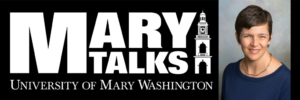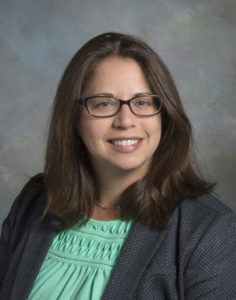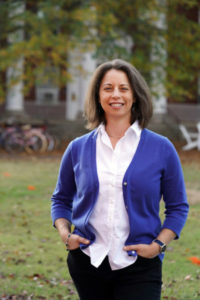
Assistant Professor of Historic Preservation Lauren McMillan
Assistant Professor of Historic Preservation Lauren McMillan and her students were interviewed for an article in The Free Lance-Star entitled, “UMW students work with local Native American tribes to create heritage trail in King George.”
Minor knew he didn’t have the staff or the expertise to conduct research for a Native American Heritage Trail—and he also didn’t want to move forward “without the blessing of the tribes” whose stories the trail would tell.
So he reached out to UMW assistant professor of historic preservation Lauren McMillan, who had worked closely with the local tribes in the past and was preparing to teach a course titled “Preservation in the Community.”
Juniors and seniors enrolled in the course this past fall semester conducted historical archival research, read archaeological reports, consulted oral histories and talked with tribe members to determine what stories the tribes wanted to tell about their lives in the area.
“The tribal leaders were involved from day one,” McMillan said. “A big thing was that they didn’t want to get stuck in the past. These are contemporary, vibrant communities that still exist today. Yes, they wanted to talk about 1,000 years ago and yes, they wanted to talk about 400 years ago, but they also wanted to talk about how the community still exists today.” Read more.
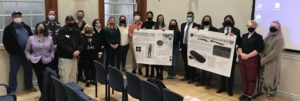
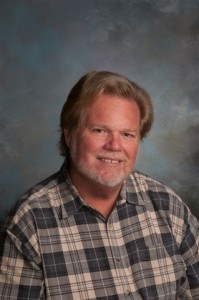
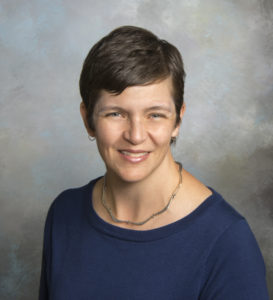
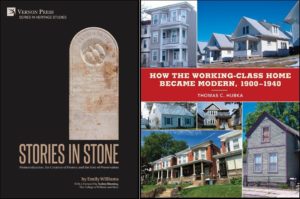 The 2021 University of Mary Washington
The 2021 University of Mary Washington 